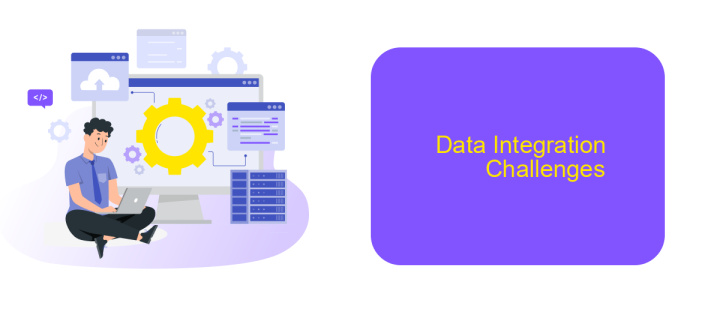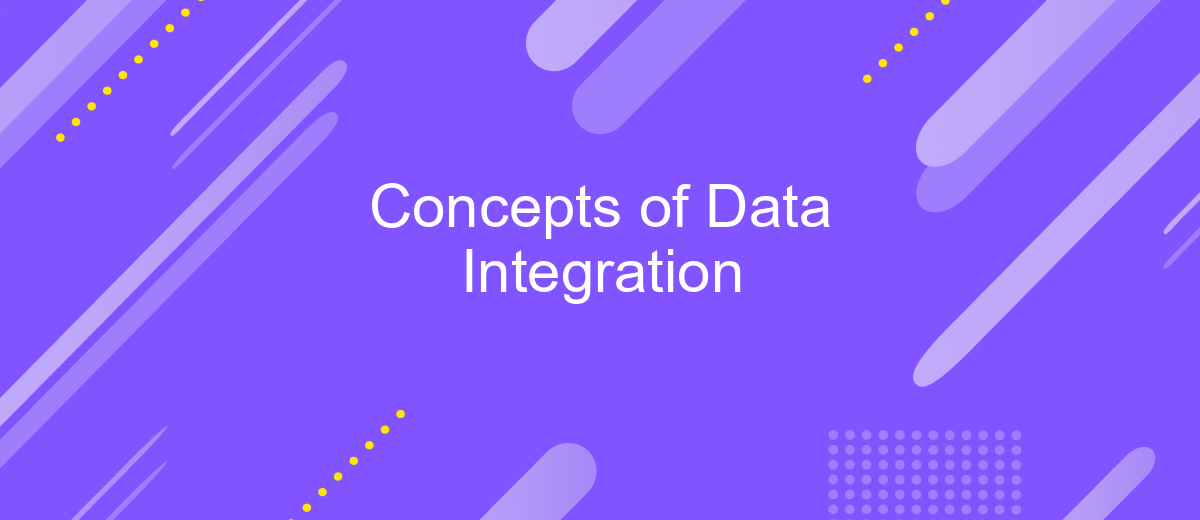Concepts of Data Integration
Data integration is a crucial process in modern information systems, enabling the seamless combination of data from various sources to provide a unified view. This article explores fundamental concepts of data integration, including techniques, challenges, and best practices. Understanding these concepts is essential for businesses aiming to leverage their data effectively and make informed decisions.
Introduction
Data integration is a critical process in modern data management, enabling organizations to consolidate information from various sources into a single, coherent dataset. This process not only enhances data accessibility but also improves decision-making and operational efficiency. Effective data integration strategies are essential for businesses aiming to leverage their data assets fully.
- Combining data from different databases and applications
- Ensuring data quality and consistency
- Facilitating real-time data access and analysis
One of the tools that significantly simplify the data integration process is ApiX-Drive. This service allows users to connect various applications and automate data transfer seamlessly. By using ApiX-Drive, organizations can reduce manual data handling, minimize errors, and ensure that their data is always up-to-date and readily available for analysis. As data continues to grow in volume and complexity, leveraging such integration tools becomes increasingly vital for maintaining a competitive edge.
Data Integration Concepts

Data integration is a critical process that involves combining data from different sources to provide a unified view. This process is essential for businesses that rely on diverse data sets for decision-making, analytics, and reporting. It ensures that data from various systems, such as databases, applications, and external sources, are harmonized and made accessible in a consistent format. Effective data integration helps in eliminating data silos, improving data quality, and enabling comprehensive insights across the organization.
One of the key aspects of data integration is the use of tools and services that facilitate seamless integration. ApiX-Drive is an example of such a service, offering a user-friendly platform for automating data transfers between various applications. With ApiX-Drive, businesses can set up integrations without extensive coding, ensuring that data flows smoothly between systems. This not only saves time but also reduces the risk of errors associated with manual data handling. By leveraging such services, organizations can enhance their data integration capabilities and ensure that their data infrastructure supports their strategic objectives.
Data Integration Architectures

Data integration architectures are essential for combining data from various sources into a unified view. These architectures ensure seamless data flow and consistency, enabling organizations to make informed decisions.
- ETL (Extract, Transform, Load): This traditional approach involves extracting data from source systems, transforming it into a suitable format, and loading it into a data warehouse.
- Data Virtualization: This method provides a real-time, unified view of data without physically moving it, allowing for faster and more flexible data access.
- API-based Integration: Tools like ApiX-Drive facilitate the integration of various applications through APIs, enabling automated data synchronization and reducing manual efforts.
- Data Lakes: These architectures store raw data in its native format, allowing for scalable storage and processing capabilities.
Choosing the right data integration architecture depends on factors such as data volume, speed requirements, and the complexity of data sources. Solutions like ApiX-Drive can simplify the process by offering pre-built connectors and automated workflows, making data integration more efficient and reliable.
Data Integration Challenges

Data integration is a critical process for businesses aiming to consolidate information from various sources into a unified view. However, this process is fraught with numerous challenges that can complicate achieving seamless integration. One of the primary hurdles is dealing with data from disparate sources, which often come in different formats and structures.
Another significant challenge is ensuring data quality and consistency. Inconsistent data can lead to inaccurate insights and poor decision-making. Moreover, integrating data in real-time can be particularly demanding, requiring robust infrastructure and sophisticated tools to manage the high velocity of incoming data.
- Data format and structure discrepancies
- Ensuring data quality and consistency
- Real-time data integration complexities
- Scalability issues
- Data security and privacy concerns
To address these challenges, businesses can utilize integration platforms like ApiX-Drive, which streamline the process by offering pre-built connectors and automated workflows. These tools can significantly reduce the time and effort required for data integration, allowing companies to focus on deriving actionable insights from their consolidated data.


Conclusion
In conclusion, data integration is a critical process for organizations seeking to harness the full potential of their data assets. By seamlessly combining data from various sources, businesses can achieve a more comprehensive understanding of their operations, enhance decision-making, and drive innovation. Effective data integration strategies involve not only technological solutions but also a clear understanding of the data landscape and the specific needs of the organization.
Tools like ApiX-Drive play a vital role in simplifying and automating the data integration process. By providing user-friendly interfaces and robust functionalities, such services enable organizations to connect disparate data sources effortlessly, ensuring data consistency and accuracy. As the volume and complexity of data continue to grow, leveraging advanced integration solutions will become increasingly essential for maintaining a competitive edge in today's data-driven world.
FAQ
What is data integration?
Why is data integration important?
What are the common challenges in data integration?
How can I automate data integration processes?
What are the benefits of using a data integration tool?
Apix-Drive is a simple and efficient system connector that will help you automate routine tasks and optimize business processes. You can save time and money, direct these resources to more important purposes. Test ApiX-Drive and make sure that this tool will relieve your employees and after 5 minutes of settings your business will start working faster.

